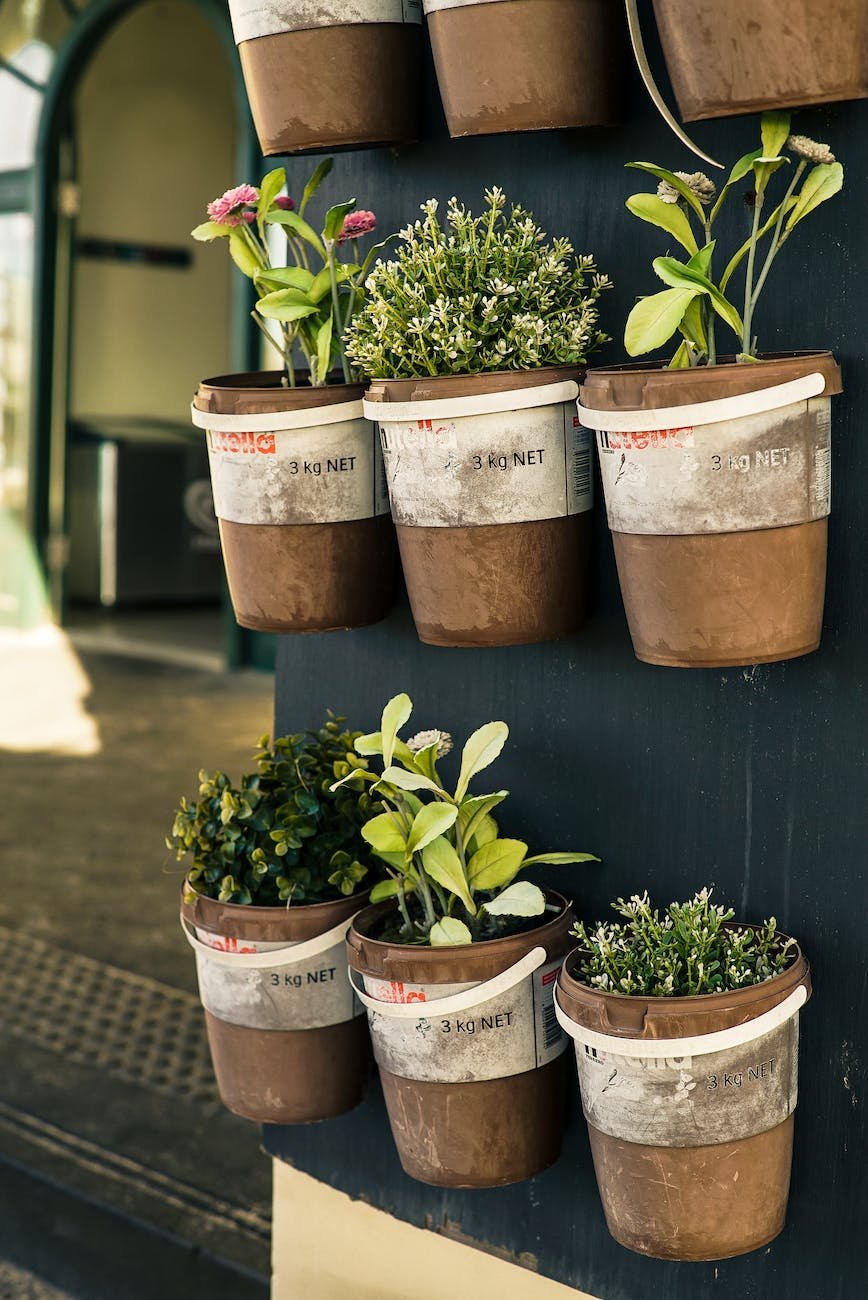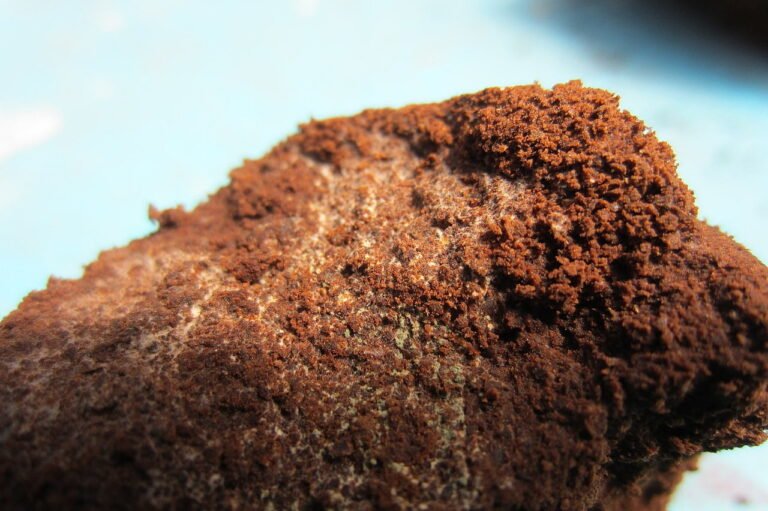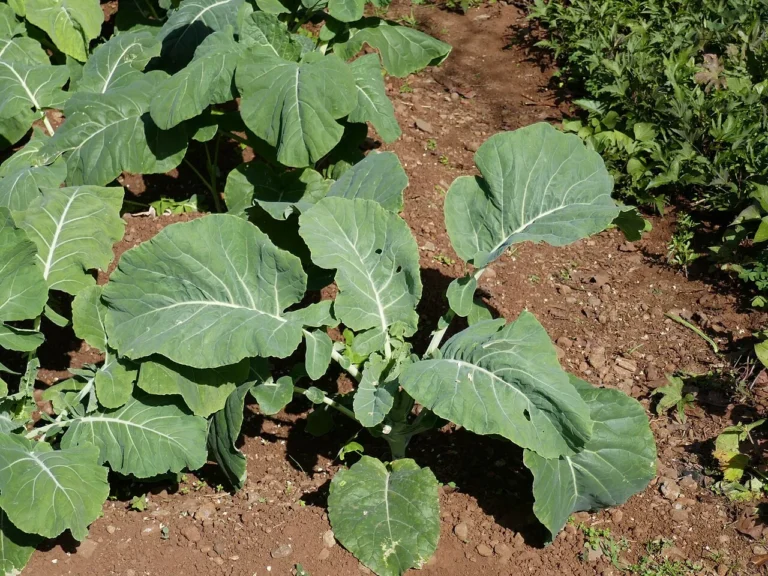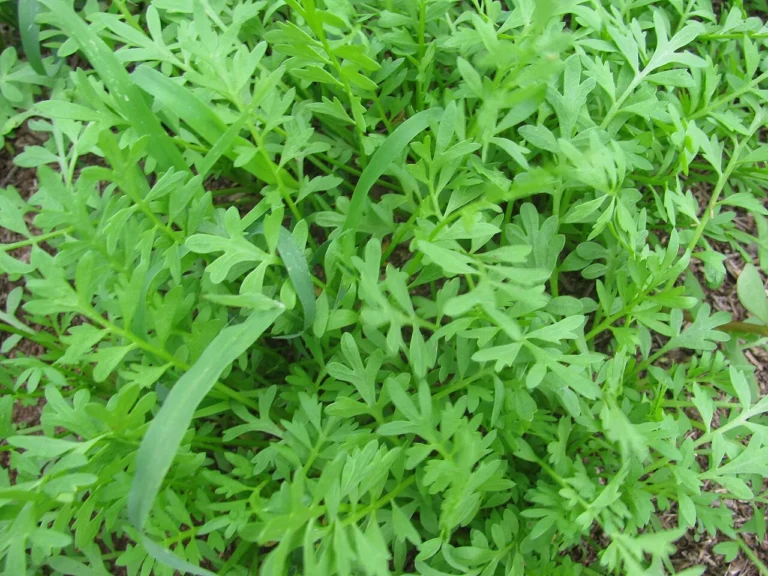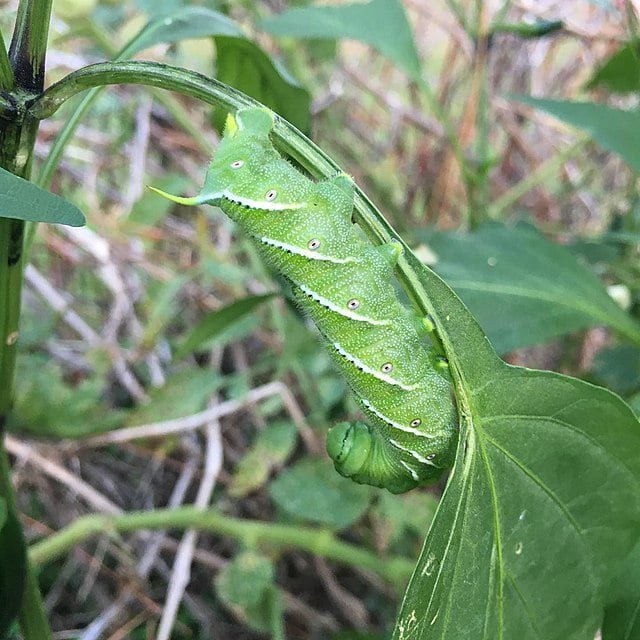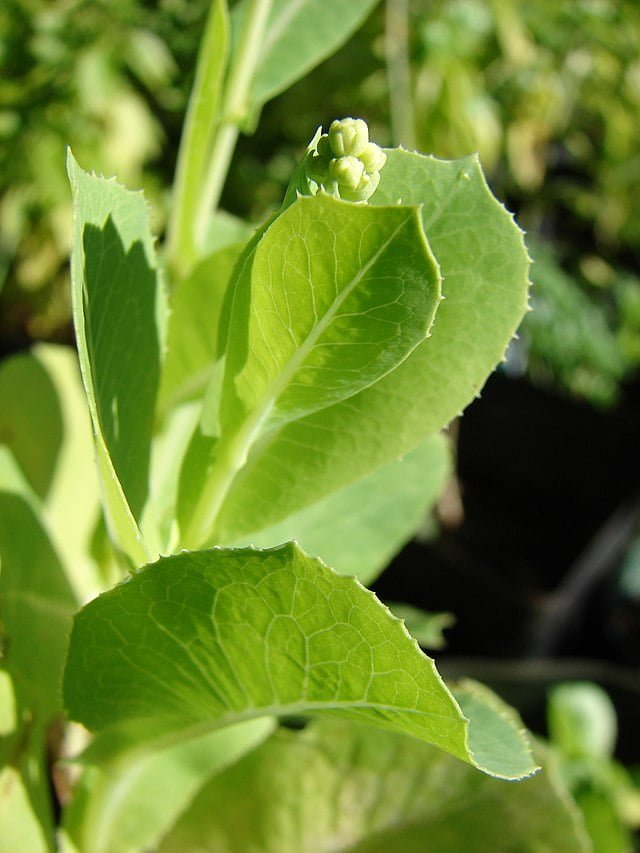The Essential Guide to Pruning Herbs
Pruning herbs is an essential gardening skill that not only keeps your plants healthy and vigorous but also maximizes their aromatic and culinary output. Each type of herb requires a slightly different approach to pruning, depending on its growth habits and life cycle. In this comprehensive guide, we’ll explore how to prune various popular herbs, ensuring your herb garden is lush, productive, and beautiful.
Understanding Pruning
Pruning involves selectively removing parts of a plant to improve its health, promote growth, or maintain a desired shape. It can stimulate the production of fresh, flavourful leaves and prevent herbs from becoming woody and overgrown.
Pruning Annual, Perennial, and Biennial Herbs:
- Annual Herbs (such as Basil and Cilantro) complete their life cycle in one season. Pruning them encourages bushier growth and delays flowering, keeping them productive longer.
- Perennial Herbs (like Rosemary and Thyme) live for multiple years. Pruning shapes these plants, encourages new growth, and prevents them from becoming leggy.
- Biennial Herbs (such as Parsley) grow leaves in their first year and flower in their second. Pruning in the first year can enhance leaf production.
How to Prune Popular Herbs
- Basil: Pinch off the tip of each stem just above a leaf pair to encourage bushier plants. Regular harvesting is a form of pruning that prevents flowering and prolongs the plant’s productive life.
- Mint: This vigorous grower can take heavy pruning. Cut back the entire plant by one-third to one-half to control its growth and encourage new, flavourful leaves.
- Rosemary: Prune in early spring by trimming off the last two inches of each stem to shape the plant and encourage new growth. Avoid cutting into old wood, as it may not regenerate.
- Thyme: After the plant’s spring bloom, trim one-third of its height to shape it and encourage thick growth. Thyme can be lightly pruned throughout the growing season.
- Parsley: Regularly harvest the outer leaves to encourage new growth from the center. You can cut back the entire plant by half if it becomes too large.
- Cilantro: Harvest leaves frequently to prevent bolting. If flowers do appear, you can cut the plant back by one-third to encourage a second growth spurt.
- Oregano: Cut back oregano stems just above a set of leaves to encourage bushier plants. Pruning is especially important after the first year to maintain vigour.
Pruning Tips for Healthy Herbs
- Always use clean, sharp pruning shears or scissors to avoid damaging the plants.
- The best time to prune is in the morning when the plants are hydrated.
- Understand each herb’s growth pattern for more effective pruning.
The Benefits of Pruning
Pruning not only keeps your herbs healthy and productive but also significantly enhances the flavour and potency of the leaves, ensuring your culinary creations are always top-notch.
Effective pruning is a simple yet crucial aspect of herb gardening that can dramatically increase the yield and quality of your herbs. By following these guidelines, you’ll ensure your herb garden is not only a source of delicious flavours and aromas but also a focal point of beauty in your garden.

